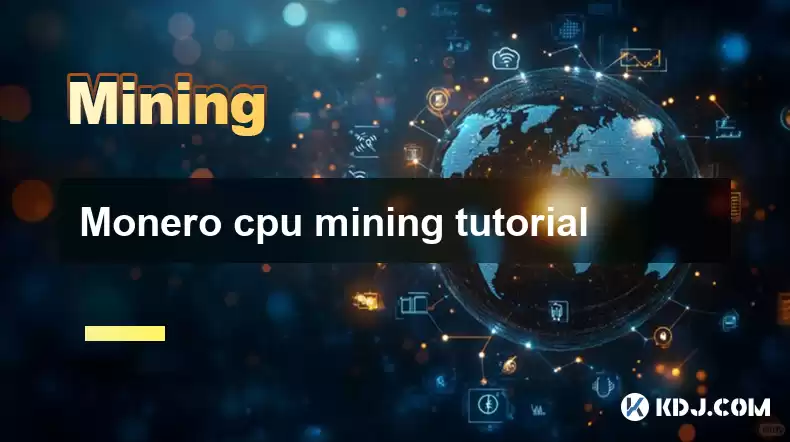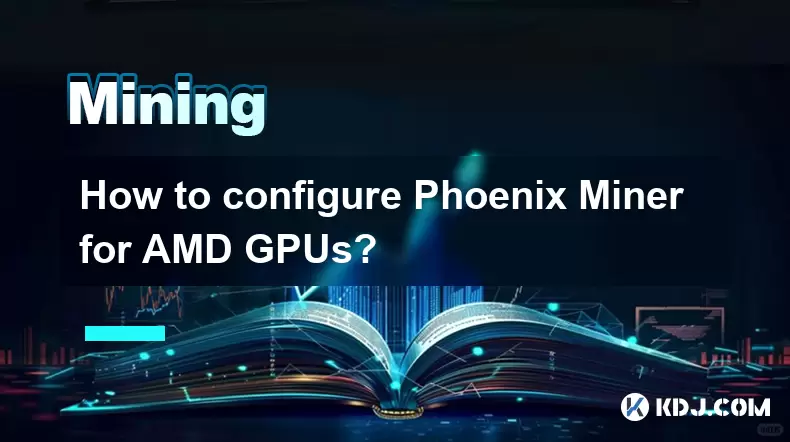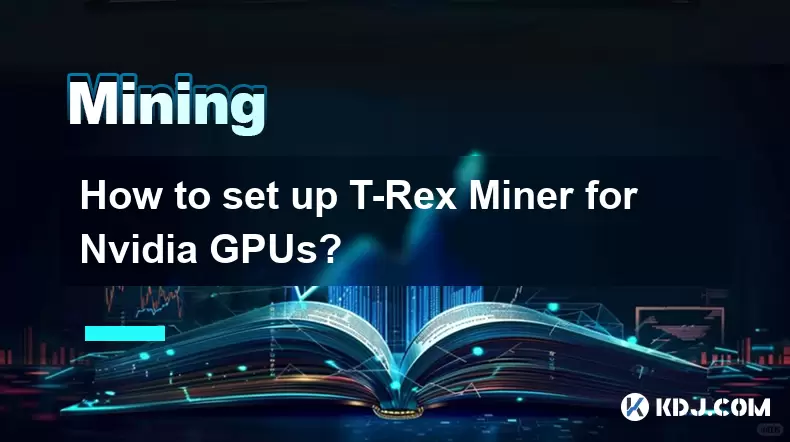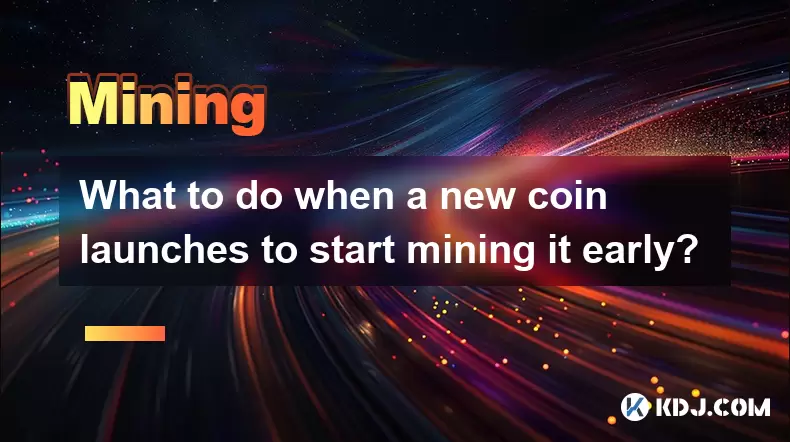-
 Bitcoin
Bitcoin $119300
2.40% -
 Ethereum
Ethereum $4254
-0.20% -
 XRP
XRP $3.184
-1.38% -
 Tether USDt
Tether USDt $1.000
0.00% -
 BNB
BNB $803.9
0.58% -
 Solana
Solana $183.1
1.50% -
 USDC
USDC $0.0000
0.01% -
 Dogecoin
Dogecoin $0.2339
-2.87% -
 TRON
TRON $0.3384
0.88% -
 Cardano
Cardano $0.8018
-0.29% -
 Hyperliquid
Hyperliquid $45.13
3.14% -
 Chainlink
Chainlink $22.10
0.96% -
 Stellar
Stellar $0.4439
-0.94% -
 Sui
Sui $3.875
-0.73% -
 Bitcoin Cash
Bitcoin Cash $570.7
0.24% -
 Hedera
Hedera $0.2589
-2.90% -
 Ethena USDe
Ethena USDe $1.001
-0.01% -
 Avalanche
Avalanche $23.83
-1.73% -
 Litecoin
Litecoin $123.8
2.61% -
 Toncoin
Toncoin $3.351
-1.13% -
 UNUS SED LEO
UNUS SED LEO $9.103
1.13% -
 Shiba Inu
Shiba Inu $0.00001356
-1.40% -
 Uniswap
Uniswap $10.93
-0.19% -
 Polkadot
Polkadot $4.057
-1.97% -
 Dai
Dai $1.000
0.01% -
 Cronos
Cronos $0.1646
4.66% -
 Ethena
Ethena $0.7974
8.11% -
 Pepe
Pepe $0.00001208
-2.89% -
 Bitget Token
Bitget Token $4.445
-1.70% -
 Monero
Monero $268.8
-2.00%
Monero cpu mining tutorial
Monero's enhanced privacy features, including ring signatures and confidential transactions, necessitate more specialized mining hardware and software configurations for optimal performance.
Jan 10, 2025 at 02:21 am

Key Points:
- Understanding Monero's Unique Features
- Selecting the Optimal CPU Mining Hardware
- Configuring Your Mining Software
- Optimizing Your Mining Setup for Efficiency
- Troubleshooting Common Monero CPU Mining Issues
- Understanding Monero XMR Mining Income
- Exploring Alternative Mining Options
Comprehensive Article:
Understanding Monero's Unique Features
Monero (XMR) is an enhanced, privacy-focused cryptocurrency that incorporates multiple anonymity-enhancing features, including:
- Ring Signatures: Obfuscating the sender's address among a group of decoy addresses.
- Confidential Transactions (CT): Hiding transaction amounts and sender/receiver addresses.
- Stealth Addresses: Generating unique, one-time addresses for every transaction, increasing privacy.
Selecting the Optimal CPU Mining Hardware
For CPU mining Monero, selecting the right hardware is crucial:
- Number of Cores: More cores lead to higher hash rates, with 6 or more recommended.
- Clock Speed: Higher clock speeds significantly impact performance. Aim for processors above 3GHz.
- Cache Size: Large cache sizes improve cache hit rates, reducing latency.
- Power Consumption: Consider power efficiency to minimize operating costs. Look for low-power CPUs with high hash rate-to-power consumption ratios.
Configuring Your Mining Software
Several popular mining software options exist for Monero CPU mining, including:
- XMRig: Open-source and highly customizable, offering advanced features like miner control automation.
- Cast XMR: User-friendly with built-in hardware optimizations for Monero mining.
Configure your mining software with the following parameters:
- Pool Address: Specify the pool where you will submit mined shares.
- Wallet Address: Enter the address where your mining rewards will be sent.
- Number of Threads: Set the number of threads to align with your CPU's cores.
- CPU Affinity: Assign specific cores or threads to the mining process, improving performance.
Optimizing Your Mining Setup for Efficiency
To maximize your Monero mining efficiency:
- Overclocking: Carefully overclock your CPU to increase clock speed, but monitor temperatures to avoid damage.
- BIOS Settings: Optimize BIOS settings related to power management and CPU performance.
- Thermal Management: Ensure adequate cooling to prevent overheating and performance degradation.
- Power Supply: Use a reliable and efficient power supply to avoid system stability issues.
Troubleshooting Common Monero CPU Mining Issues
Common issues with Monero CPU mining include:
- Mining Software Crashes: Update software to the latest version and ensure your drivers are up-to-date.
- Low Hash Rates: Check hardware configurations, overclocking, and eliminate any potential software conflicts.
- Stale Shares: Optimize your internet connection and reduce latency.
- Overheating: Monitor temperatures closely and implement effective cooling solutions.
Understanding Monero XMR Mining Income
Monero mining income depends on:
- Hash Rate: The speed at which your mining hardware can solve hashing puzzles.
- Mining Difficulty: The complexity of the hashing algorithms, which increases over time.
- Mining Pool Payout: The chosen mining pool's payment system and fees.
Estimate your potential income using online calculators, but be aware of fluctuations in market price and mining difficulty.
Exploring Alternative Mining Options
If CPU mining Monero is not feasible, consider:
- Cloud Mining: Renting hashing power from a cloud mining provider.
- Gpu Mining: Investing in specialized Graphics Processing Units (GPUs) for higher hash rates.
- Mining Pools: Joining a mining pool to increase your chances of finding blocks.
FAQs:
- What is the difference between Monero and Bitcoin mining?
Monero uses the CryptoNight algorithm for increased privacy, while Bitcoin uses the SHA-256 algorithm. Monero's focus on privacy makes its mining hardware and software more specialized. - Is Monero mining profitable?
Profitability varies based on hardware, energy costs, and market conditions. Use mining calculators to estimate potential income and consider alternative mining options for increased profitability. - How does Monero's privacy enhance its mining?
Monero's anonymity features make it more difficult to track mining operations and identify miners, enhancing their security and privacy. - What are the risks of Monero mining?
Overheating, high energy consumption, and hardware depreciation are potential risks associated with Monero mining. Proper hardware setup, cooling solutions, and energy efficiency measures mitigate these risks.
Disclaimer:info@kdj.com
The information provided is not trading advice. kdj.com does not assume any responsibility for any investments made based on the information provided in this article. Cryptocurrencies are highly volatile and it is highly recommended that you invest with caution after thorough research!
If you believe that the content used on this website infringes your copyright, please contact us immediately (info@kdj.com) and we will delete it promptly.
- Bitcoin Price Eyes New All-Time High: Can It Break the $122K Resistance?
- 2025-08-11 16:30:12
- Bitcoin: From Speculative Asset to Reserve Currency in a Decentralized World?
- 2025-08-11 16:30:12
- MultiBank Group, Record Results, and the $MBG Token: A New Era?
- 2025-08-11 14:50:12
- Bitcoin FilmFest 2026: Warsaw's Unexpected Crypto-Cinema Blockbuster
- 2025-08-11 14:30:12
- MultiBank Group's Record Results and the Rise of the MBG Token: A New Era in Finance?
- 2025-08-11 14:30:12
- Solana Price, Altcoin Throne, and Layer Brett: Who Will Reign Supreme?
- 2025-08-11 14:55:17
Related knowledge

How to configure Phoenix Miner for AMD GPUs?
Aug 11,2025 at 03:21am
Understanding Phoenix Miner and Its Compatibility with AMD GPUsPhoenix Miner is a lightweight, high-performance Ethereum mining software designed for ...

How to set up T-Rex Miner for Nvidia GPUs?
Aug 10,2025 at 12:07am
Understanding T-Rex Miner and Its Compatibility with Nvidia GPUsT-Rex Miner is a high-performance mining software designed specifically for Nvidia GPU...

What is "proof-of-work" and how does it relate to mining?
Aug 07,2025 at 02:03pm
Understanding the Concept of Proof-of-WorkProof-of-work (PoW) is a consensus mechanism used in blockchain networks to validate transactions and secure...

What are the differences between mining on Windows vs. Linux?
Aug 06,2025 at 11:29pm
Overview of Cryptocurrency Mining PlatformsCryptocurrency mining involves using computational power to solve complex cryptographic puzzles and validat...

How to use an old computer for cryptocurrency mining?
Aug 07,2025 at 12:42pm
Understanding the Feasibility of Using an Old Computer for MiningUsing an old computer for cryptocurrency mining may seem outdated, but it is still te...

What to do when a new coin launches to start mining it early?
Aug 11,2025 at 01:15am
Understanding the Early Mining WindowWhen a new coin launches, the initial phase presents a unique opportunity for miners to gain a competitive edge. ...

How to configure Phoenix Miner for AMD GPUs?
Aug 11,2025 at 03:21am
Understanding Phoenix Miner and Its Compatibility with AMD GPUsPhoenix Miner is a lightweight, high-performance Ethereum mining software designed for ...

How to set up T-Rex Miner for Nvidia GPUs?
Aug 10,2025 at 12:07am
Understanding T-Rex Miner and Its Compatibility with Nvidia GPUsT-Rex Miner is a high-performance mining software designed specifically for Nvidia GPU...

What is "proof-of-work" and how does it relate to mining?
Aug 07,2025 at 02:03pm
Understanding the Concept of Proof-of-WorkProof-of-work (PoW) is a consensus mechanism used in blockchain networks to validate transactions and secure...

What are the differences between mining on Windows vs. Linux?
Aug 06,2025 at 11:29pm
Overview of Cryptocurrency Mining PlatformsCryptocurrency mining involves using computational power to solve complex cryptographic puzzles and validat...

How to use an old computer for cryptocurrency mining?
Aug 07,2025 at 12:42pm
Understanding the Feasibility of Using an Old Computer for MiningUsing an old computer for cryptocurrency mining may seem outdated, but it is still te...

What to do when a new coin launches to start mining it early?
Aug 11,2025 at 01:15am
Understanding the Early Mining WindowWhen a new coin launches, the initial phase presents a unique opportunity for miners to gain a competitive edge. ...
See all articles

























































































